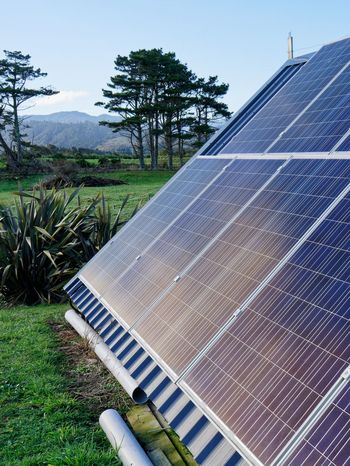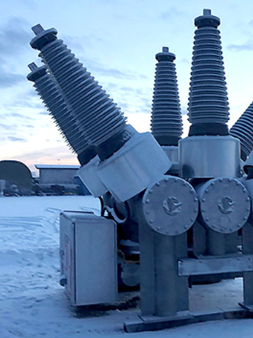A Consideration on Blade Receptors in Protecting Wind Turbines from Positive-polarity Lightning Attachments
As of 2022, the worldwide cumulative offshore wind capacity reached approximately 55.7 GW, indicating the global shift towards renewable energy and reduced reliance on coal fuel. According to market predictions, this significant trend is particularly evident in the proliferation of offshore wind plants, which are projected to expand by over fivefold to reach a scale of 315 GW over the next decade. This global trend underscores the urgency and importance of our research on lightning protection for offshore wind turbines.
As wind turbines continue to scale new heights, the surge in lightning accidents seriously threatens the safety and productivity of wind energy generation. This urgent issue has prompted numerous institutions to explore ways to protect wind turbines from positive and negative polarity lightning strikes. In this context, our study, which focuses on using a blade receptor to counter the positive polarity of a lightning strike, is not just a timely contribution but a significant and urgent one to this field of research. The findings of our study are of utmost importance, underlining the immediate need for practical solutions.


